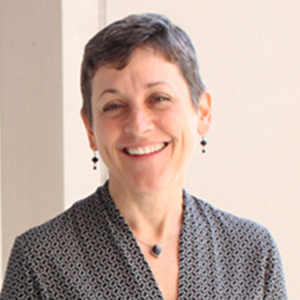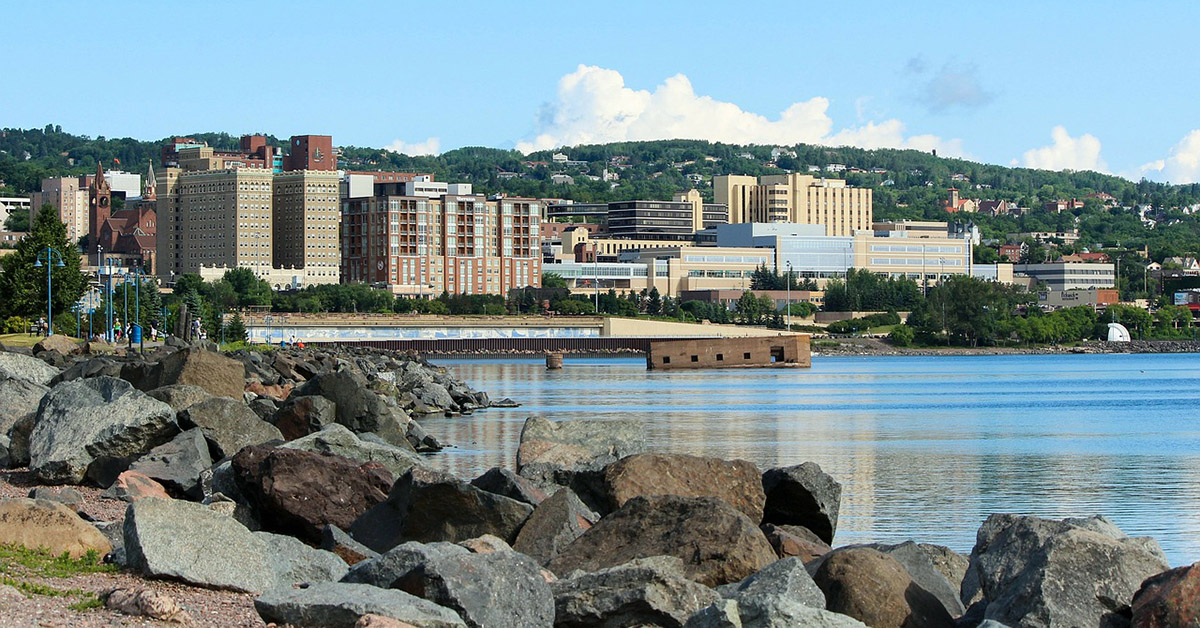In 2018, the School of Public Health launched a study to identify and characterize communities in Minnesota with high rates of people lacking health insurance. The study is a joint collaboration between the school’s State Health Access Data Assistance Center and MNsure navigator organizations, and was funded by the Blue Cross Blue Shield of Minnesota Foundation. One year later, the project has released the data profiling the uninsured in communities across the state as well as an interactive Excel workbook and clickable map that navigators, which help people obtain coverage, and state policymakers can use to learn more about them.

“Minnesota’s low average uninsured rate of 5.4% masks the reality that there are significant pockets of uninsured people throughout the state,” said project leader and Professor Kathleen Call.
Widely varying uninsurance rates
Data from the project shows that there are areas within the state where uninsured rates vary greatly by ZIP code, ranging from a low of 1% (56310-Avon in central Minnesota, Stearns County) to a high of 45% (56434-Aldrich in north central Minnesota, Todd County).
In the state’s Headwaters region near Park Rapids, the uninsured rate is nearly twice that of the state, 9.4% vs. 5.4%, with rates ranging from 4% to 31% depending on ZIP code.
“When you look at the characteristics of different communities, you can sometimes find clues to why the rates are high or low. For example, when we factor in the Native American reservations in the Headwaters region, we see that the high rate hotspots are located within reservations where Indian Health Services provides access to health care and enrollment in health insurance may not be viewed as relevant,” said Call.
Nobles county in the Southwest region also has an uninsured rate that is somewhat higher than the average state rate (8.8% vs. 5.4%), and the profile reveals that in one of the ZIP code hotspots (56187-Worthington) the uninsured are disproportionately black, Latinx, and foreign born compared to the total population in that area. Based on income alone, most people in the ZIP code look to be eligible for some form of insurance through the MNsure marketplace.
“For years, U.S. policies have disqualified immigrants who have not lived here for at least five years from gaining access to public or subsidized private coverage,” said Call. “Those who do qualify may not sign up due to real or perceived fear of penalties for enrolling, such as being denied a green card.”
Navigating their way to coverage
The data Call and her team profiled can help community organizations and state and local policymakers know where to focus efforts to help people gain insurance coverage as well as provide clues to designing policy solutions. The information is particularly valuable to MNsure navigators, which are non-profit groups in local communities that work to locate uninsured people, share insurance options, and help them enroll in coverage. Call and her team worked closely with the navigators to develop a powerful “Uninsured Community Profile” Excel workbook that they can use to explore uninsurance rates and counts by ZIP code, county, and region. With this information, the navigators can create events, campaigns, and programs to help people in their communities gain insurance through MNsure. For example, navigators may organize insurance information sessions with local employers, at schools, and affordable housing advocacy organizations.
In addition to the profile workbook, the project team created an interactive, clickable map of Minnesota. Selecting a location on the map will reveal information on the area’s population, number of uninsured, the uninsurance rate, and more.
View a demonstration of the interactive map:

